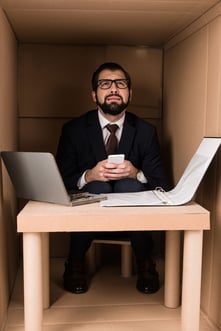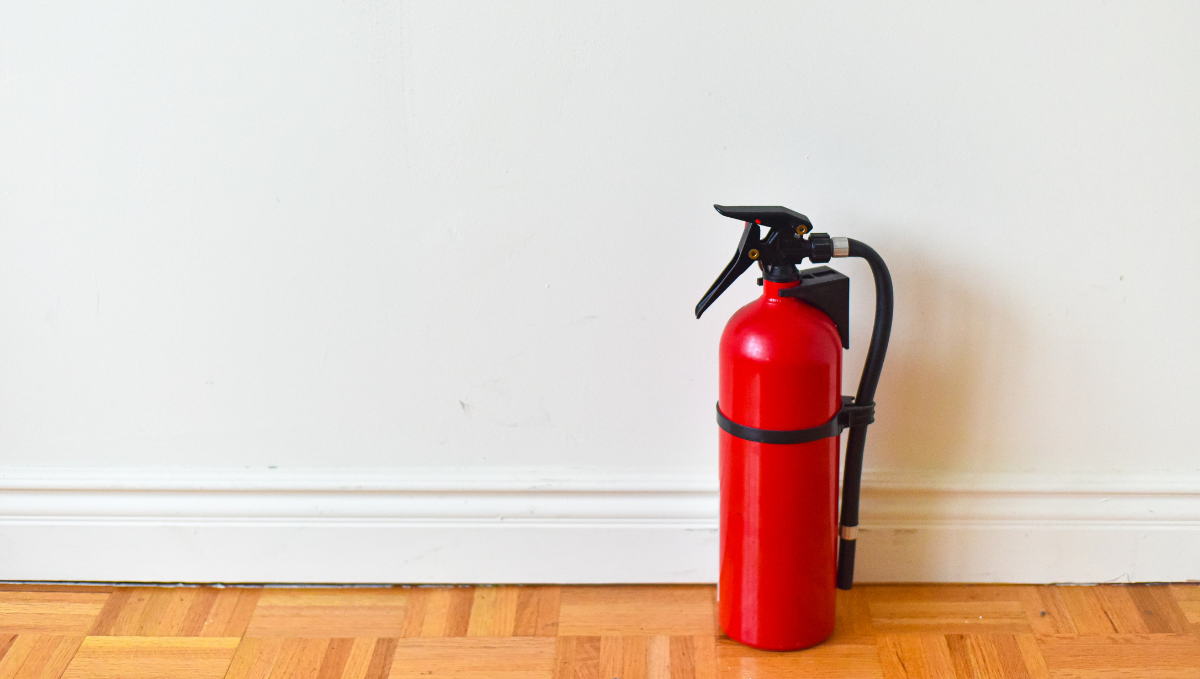 Did you know the number of fire hazards has increased since the beginning of the COVID-19 pandemic? This is mostly due to people spending more time at home. Two of the most common types of fire hazards are cooking and electrical fires.
Did you know the number of fire hazards has increased since the beginning of the COVID-19 pandemic? This is mostly due to people spending more time at home. Two of the most common types of fire hazards are cooking and electrical fires.
Many people are unaware of some of the causes of fire hazards, but most fires at home are due to people becoming distracted, especially when doing many tasks at the same time. Since families are now having to blend their home and work lives together in the same space, it is easy to see how fire hazards are more prone to happen.
Below are some of the more common fire hazards homeowners should be aware of around their home, as well as how to extinguish them, and some tips to help prevent these fires from starting.
Kitchen fires
The kitchen may be the heart of many people’s homes, but it is also the place where most common fires hazards happen around the house. This type of hazard can easily be caused by leaving a frying pan unattended, a younger member of the family getting an appliance in contact with water, or trying to disinfect a mask with metal bits in the microwave.
Electrical fires
This pandemic has caused many Canadians to turn a part of their home into their office or workspace. There is a chance that more devices are plugged in around your home to accommodate for this change, especially if you have children at home. Older homes may not have the correct wiring to make up for the number of appliances and electronics we have become dependent on to blend our home and work lives under one roof. As a result, shorts and sparks could happen, starting a fire.
Another way electrical fires can start at home is by leaving your laptop on combustible surfaces that block the device’s airflow vents (such as a couch, bed or another soft surface). As well, be mindful of devices with lithium-ion batteries. Once they reach a certain temperature, they can short-circuit or spontaneously combust, causing an electrical fire.
Electrical fires can also begin by using products that short-circuit. As many of us have shifted to shopping online, some of the electronics and appliances that can be purchased may not meet the safety standards of the Canadian Standards Association or be properly tested by accredited laboratories in Canada. Checking for government recalls of electronics is always a good way to help prevent a fire hazard.
Other common fire hazards around the home
Preventing or properly putting out a fire can reduce the chance of replacing objects around your home or filing a claim to help repair any damages to your house. Below are some of the culprits that can easily start house fires:
Smoking: Make sure cigarette butts are properly out to help prevent fires. This is especially true when disposing of them over a balcony during hot, dry weather. Another preventative method is to not put out cigarette butts in potting soil as it is much more fibrous and drier than natural soil.
Barbeques, fire pits and portable heaters: Keep barbecues, fire pits and portable lamps away from wooden fences or exterior walls, especially one with vinyl siding as this could start a fire. When the weather turns cold, be mindful of space heaters as they can overheat, particularly those with heating coils.
DIY reno projects: Since more people are at home, they are tackling their own DIY projects. Missteps in these projects could result in causing a fire in your home or in the garage. When working in an enclosed garage, be mindful of paints, solvents, or jerry cans as they could spontaneously combust if the temperature rises too high. Also, watch out for certain tools that create sparks. They can ignite nearby materials.
How to put out different types of fires:
Water is not the solution for putting out every fire. In fact, water could make a fire worse. Here are some ways to extinguish different kinds of fires without using water. FYI – if any type of fire is burning out of control, get out of the house and call 911.
For grease fires: Water should NEVER be used to put out this type of fire as it can cause the grease to explode and spread further. Use a metal lid to cover and suffocate the fire. Smothering the flames with baking soda or salt is another way to put out a small grease fire.
For flammable liquids: To put out a fire that is started with ignitable liquids (such as gasoline, propane, alcohol, or paint), suffocate the fire with a blanket, or use a Class B fire extinguisher that contains foam powder or dioxide.
For electrical fires: Water and electricity are a good combination for a fire as water conducts electricity and can cause you to shock yourself. If you see an electronic appliance on fire, unplug it (if it is safe to do so). Smothering a small electrical fire with baking soda also works. A Class C or ABC Class fire extinguisher should be used on a larger electrical fire (any other class of extinguisher could conduct electricity).
Fire prevention checklist:
Use this list to help ensure your space is safer from fire hazards:
- Test your fire alarm system on a monthly basis and create a fire evacuation plan for your family
- Make sure everyone in your household knows where the fire extinguishers are, how to use them and when to use them
- Instruct everyone in your household how to put out different types of fires—and when to call 911
- Have an easily accessible fire extinguisher on each floor of your home, as well as in the garage, for small fires
- If you have kids, teach them basic fire safety rules in the kitchen—including the perils of digital distraction
- Store gasoline and other chemicals in their proper containers in locations that are protected from heat
- When not in use, store fuels and chemicals in a secure, dry location away from heat sources and inaccessible by pets and children
- Always operate laptops and other electronics on a hard surface (preferably a laptop stand) and shut them down when not in use.
- Make sure cords for your electronics or power bars aren’t frayed
As a homeowner, you should make sure you have adequate insurance coverage before any incident to protect you and your home. Contact your OTC Insurance broker to look over your policy and discuss if you need to add protection for your property and belongings.
Spotting fire hazards around your home, making changes where possible, and educating those in your home about potential fire hazards can reduce the risk of experiencing fires. If a fire does occur in your home, you will be better prepared to manage it and escape unharmed.
Sources
https://www.wawanesa.com/canada/blog/home-fire-hazards?language_id=1
https://www.vicnews.com/news/home-fires-most-likely-to-start-in-kitchen-according-to-insurance-providers
https://www.canada.ca/en/health-canada/services/home-safety/fire-safety.html
http://www.ibc.ca/nu/disaster/fire
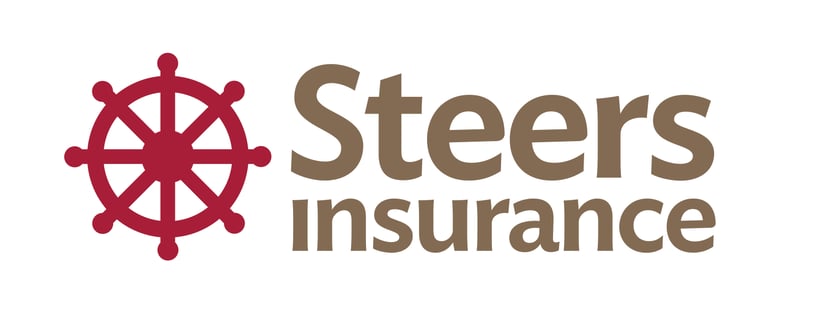

 ;
;
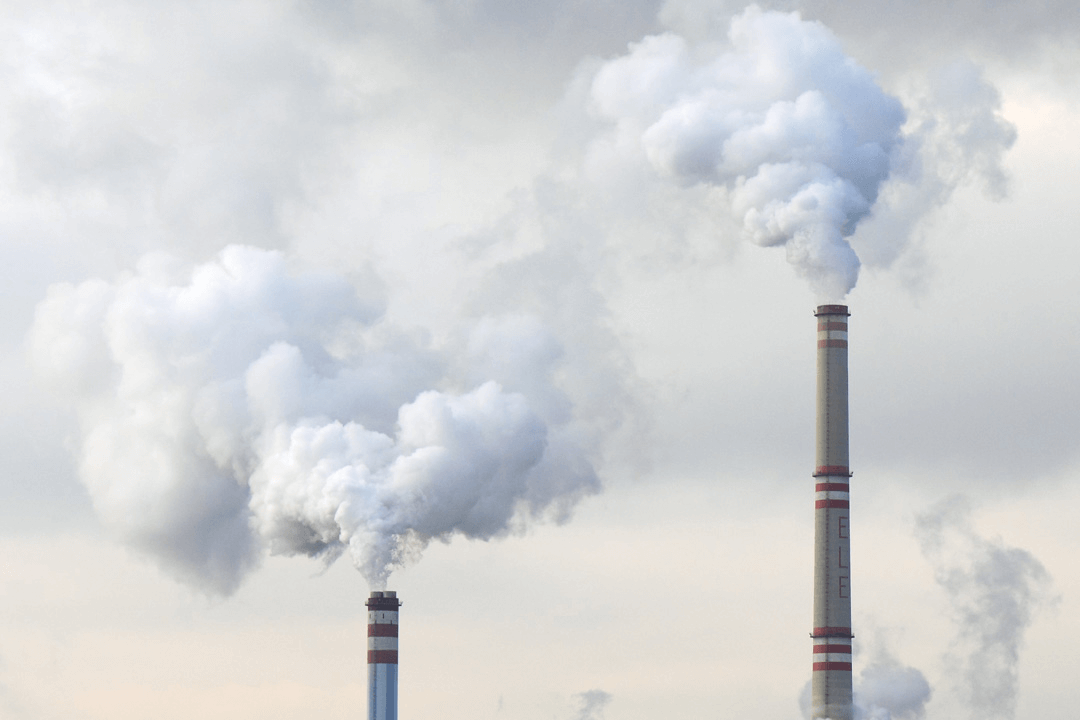 ;
;
 ;
;
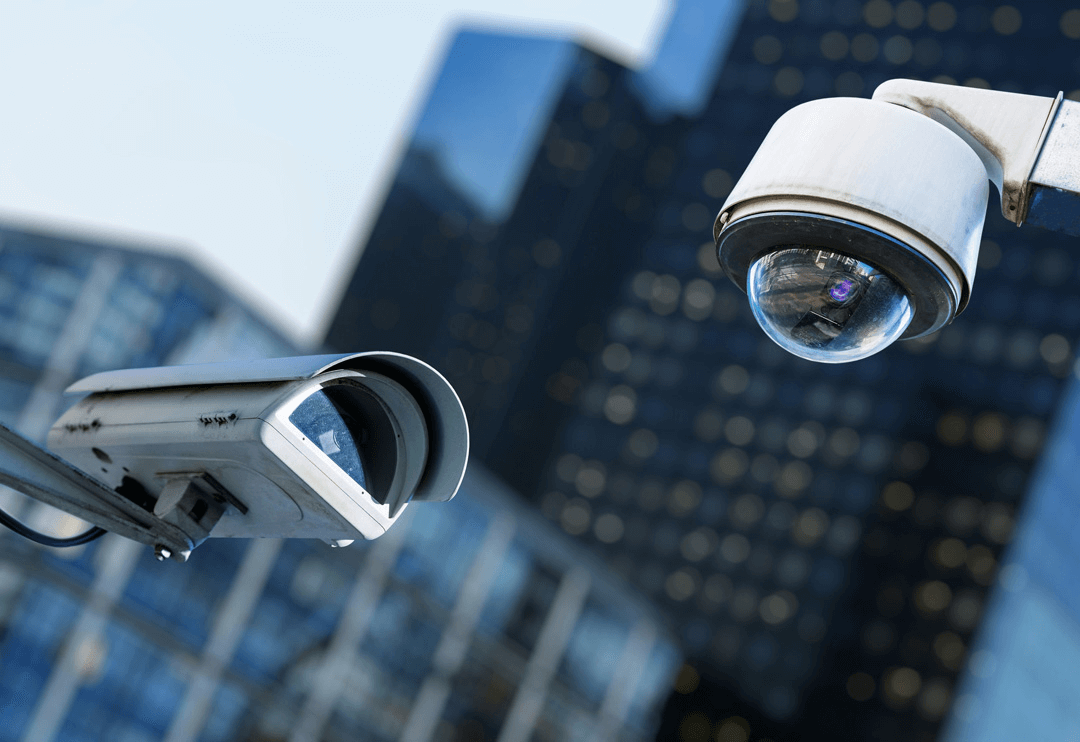 ;
;
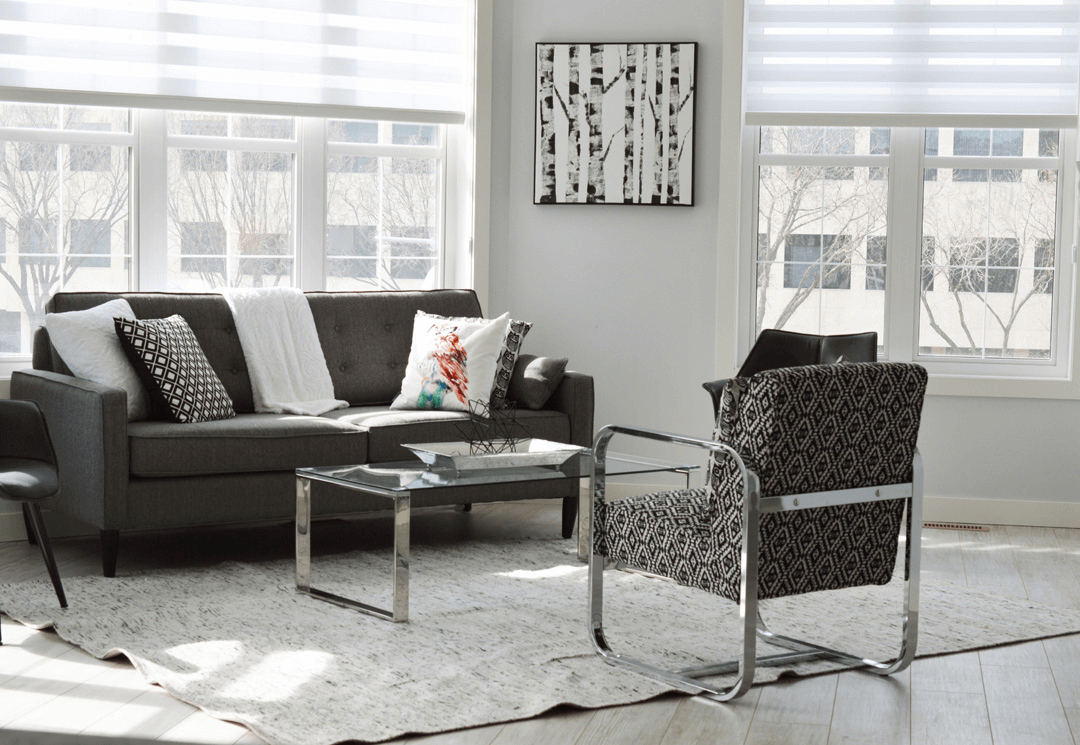 ;
;
 ;
;
 ;
;
